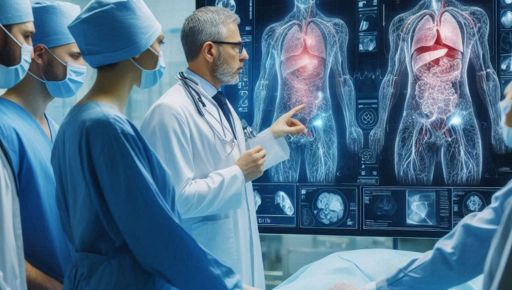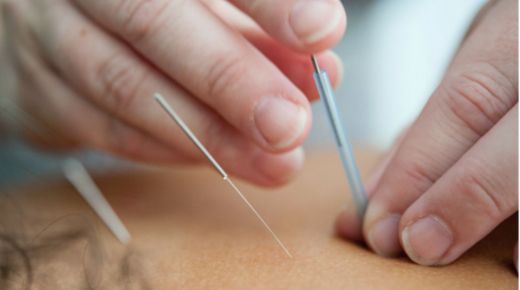AI integration is a wise decision that can assist a general dentist in Plymouth, MN, in offering more expert care with better outcomes than they previously had. Radiologists and dentists are using artificial intelligence to identify illnesses more quickly and precisely than ever before.
As a result, patients have received better care with more positive outcomes. Artificial intelligence can assist a family dentist in dental radiology by analyzing X-rays and creating strategies to minimize any possible problems.
How guided implant placement and virtual surgical planning are combined. Using computer software to plan surgeries before they actually take place is known as virtual surgical planning. Surgeons can use a CT scan or other imaging technology to produce a three-dimensional model of the patient’s body.
Surgical Planning Virtually: What Is It?
A pre-operative strategy that uses computer technology to meticulously plan surgery is called virtual surgical planning. To ensure that the surgeons have a complete picture of the patient’s anatomy, 3D imaging is also utilized in this procedure. In order to predict the outcome and prevent any potential difficulties, this also enables them to model the surgery before it is performed.
Where Did Artificial Intelligence Come From?
The use of machine learning techniques in medical picture processing swiftly emerged. Then, deep learning techniques started to change how medical imaging was interpreted and to yield more precise results.
It is possible to measure the quantity of bone surrounding teeth using machine learning methods. They can also detect any changes in bone density and height, and the advanced algorithm can be trained to track the progression of bone loss over time.
How Can AI Help Virtual Surgical Planning?
Deep learning algorithms analyze X-ray images to detect any changes in the teeth. The human eye can easily detect early-stage caries, but it may have trouble spotting it. In order to find patterns that might indicate degeneration, machine learning algorithms are trained using the data set, which includes thousands of X-rays.
In order to focus on tooth segmentation and detection, machine learning techniques are being used more and more in dental image analysis. Among the various uses for deep learning systems are dental imaging issues. Convolutional neural networks are used in dentistry to enhance bone loss detection and monitoring. Once all of this intelligent analysis is done, the dentist can have the report and start planning accordingly with the precise amount of knowledge.
How Does AI Make Virtual Surgical Planning Possible?
Artificial intelligence uses a variety of intricate procedures to mimic human diagnostic skills to read a digital dental X-ray. All of this is now managed by a back-end machine learning system that uses pattern recognition techniques to classify the image.
This feature is helpful for distinguishing different structures in dental X-ray pictures. When combined, these and the other algorithms thoroughly analyze dental X-rays to generate more precise results. Once the image has been analyzed, the AI system will identify important information that can help dentists build treatment plans and help patients, even if they are doing it virtually.
What is The Process Flow?
The first step in the virtual surgery process is to collect precise anatomical images of the patients. These cans’ contents can be entered into specialist software to produce three-dimensional (3D) representations of the patient’s anatomy. By manipulating these models in a virtual environment, surgeons can view the structure from different perspectives without physically operating on the patient.
The entire surgical operation will be realistically simulated by surgeons using the 3D models. They are able to plan out each step, spot any possible issues or challenges, and adjust their strategy to prevent complications during the actual procedure. Custom surgical guides are made using the 3D model following the virtual planning. Whether they be digital instructions or physical templates, these instructions must be followed during the surgery to perform the treatment.




